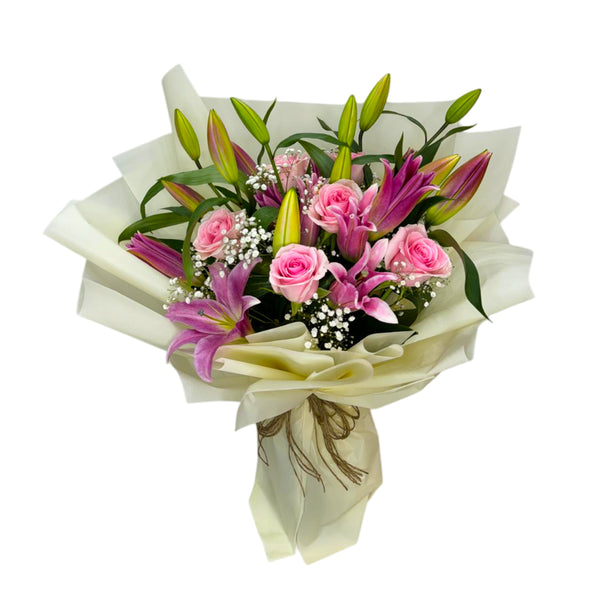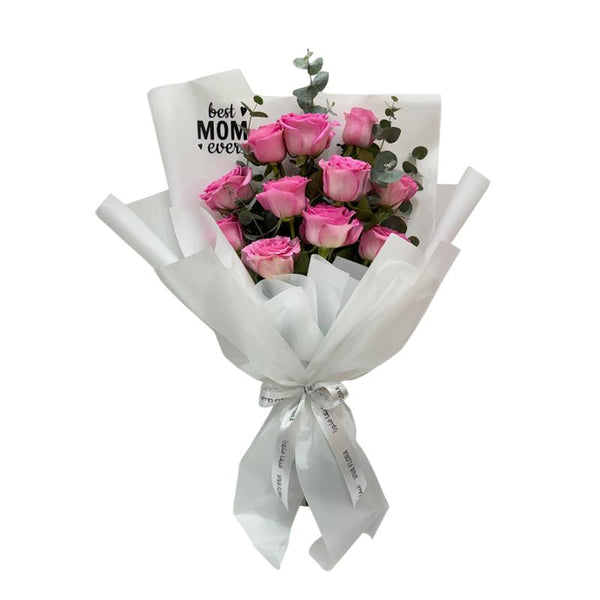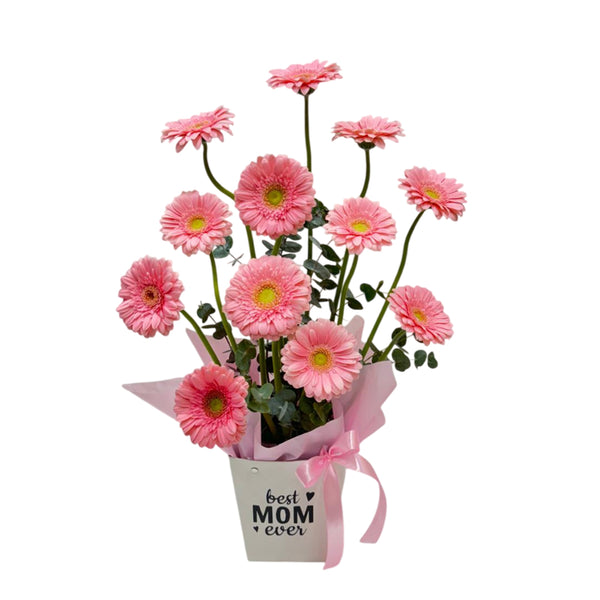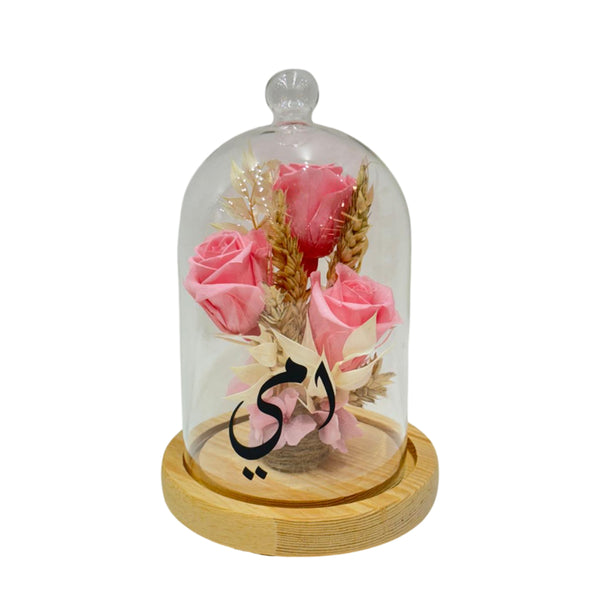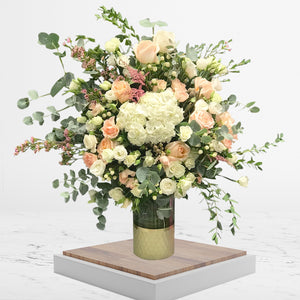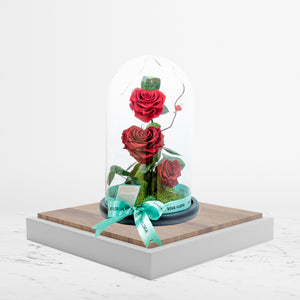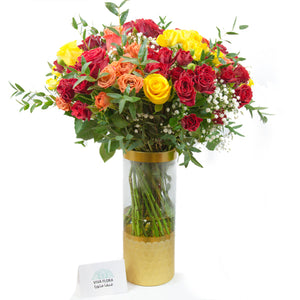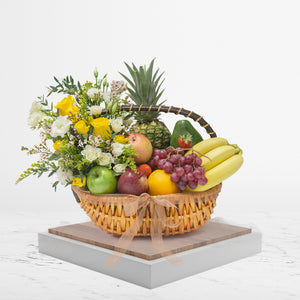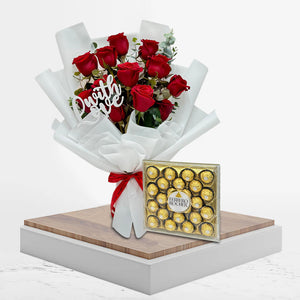Celebrating love on special occasions like Valentine's Day or Women’s Day often leads to the unfortunate sight of discarded bouquets littering roadsides and filling dustbins. While plastic-wrapped Valentine's Day roses are beautiful at the moment, they contribute significantly to environmental concerns since the plastics used can take hundreds of years to break down.
Valentine’s Day is wonderful for sharing gifts with people you love, but some of those gifts might not last as long as your affection. Most Valentine's celebrations last just a day or even less, and unfortunately, Valentine’s flowers don’t stay fresh for much longer. Instead of tossing the flowers out, why not turn those Valentine's flowers into something practical or a conversation-starting decoration that will remind you of your admirer long past February? So, before your flowers ripen for the garbage, here are some ways you can repurpose your bouquets and save yourself the extra waste.
How to reuse Flower Bouquets?
Many florists are now opting for sustainable paper wrapping instead of plastic cellophane for Valentine’s flowers, which is a great step for the environment. While cellophane isn’t usually accepted in kerbside recycling, it can be collected with other plastic wraps for recycling.
Once your flowers wilt, consider drying them for home decor, using the petals for confetti or crafts, or simply placing them in your garden waste bin or composting them.

#1 - Make Floral bath bombs
Revitalize your wilted flowers with an innovative twist! Using simple ingredients like baking soda, sea salt, citric acid, and precious flower petals, you can create a delightful floral bath bomb. How exciting is that?
Here's a quick guide to get you started:
• Combine the ingredients, testing for moisture as you go.
• If needed, adjust the consistency with a bit of water or more baking soda.
• Firmly pack the mixture into molds.
• Once unmolded, let your creations dry completely.
• For that extra touch, consider decorating with additional dried petals!
Tips
1.Store your beautiful bath bombs in an airtight container to keep them fresh.
2. Simply drop one into warm water and enjoy a blissful bath experience.
3. Add a few drops of food colouring to the mixture for a more vibrant bath
4. Ensure the flowers you use are safe for skin contact.
#2 - Give your next bathtime a touch of class
This simple recycling idea involves tossing wilted flower petals into your bath for a touch of elegance and relaxation. Paired with a glass of wine, it creates a luxurious, spa-like experience at home. This act serves as a reminder that romance extends beyond Valentine's Day—it's an ongoing journey to cherish and enjoy.
#3 - Preserve the bouquet
This is one of the simplest decorations that can be made from a wilted bouquet of Valentine's Day flowers. Start by tying the stems and handing the bouquet upside down in a cool, dark, and well-ventilated room for 2-3 weeks. You can optionally apply a light coat of hairspray from a distance to extend their lifespan, but this is not essential.
Additional tips:
• V-day flowers tend to dry well, but this method may not work as effectively on all flowers.
• If the hairspray makes the flowers brittle or discolored, stop using it and enjoy them naturally dried.
• Consider alternative drying methods like pressing flowers in a book or using silica gel.
Choose a clear glass bottle or jar and layer the petals inside evenly, mixing colors and textures for a vibrant look; make sure that it's not overcrowded, and seal it with a cork or lid. Try adding decorative touches like dried flowers and ribbons to make it more beautiful! You can also try the "Bottle Flower" series by Japanese floral artist Makoto Azuma, where dead flowers are placed in a medical specimen jar with water to showcase their colours. You can use any sealable jar, depending on the quantity of flowers.
Additional Tips:
• Flower Selection: Choose flowers with vibrant colors and slight curves or unique shapes for visual interest.
• Drying Method: Gently air dry the petals before bottling to prevent mold growth and make the petals reusable.
• Preservation: Add a small amount of silica gel to the bottle to prevent the rose petals from wilting
• For a unique touch, consider using vintage bottles and natural elements like seashells, pebbles, or small twigs to create a more intricate design.
• Safety: Ensure the bottle is tightly sealed to prevent dust and moisture from entering.
Explore the Flower Bouquets Here
#4 - Make potpourri
It's a classic but potpourri is still a great way to recycle dead flowers. Recycling flowers from your Valentine's Day bouquet into a fragrant potpourri is an eco-friendly way to preserve your memories and enjoy their beauty long after they've wilted. This is a wonderful way to practice flower reuse and reduce waste, making your Valentine's Day celebration more sustainable. What you need to do is simply gather the petals from your bouquet, dry them thoroughly, and combine them with essential oils and other dried botanicals to create a unique and aromatic potpourri.
Additional Tips
• Flower Selection: Opt for varieties such as roses, lavender, or chamomile for strong fragrances.
• Drying Method : Air drying is the most widely used method for preserving flowers, but you can also use a food dehydrator and a microwave for effective moisture removal.
• Botanicals : Consider combining dried petals with aromatic ingredients such as cinnamon sticks, dried orange slices, and herbs like rosemary or thyme or the scent.
• Essential Oils: To enhance the fragrance, add a few drops of your favorite essential oils
• Storage: Store your potpourri in an airtight container in a cool, dark place.
#5 Floral confetti
Dried flower petals are an eco-friendly option for weddings instead of throwing rice. Transform your used bouquet into a shower of colorful and eco-friendly confetti, adding a touch of natural beauty to your celebrations while reducing waste. To do this, you need to take petals from a used bouquet and dry them completely to avoid mold.
Additional Tips:
Creative Uses: Use different flower combinations to make unique confetti colors and unique styles.
Conclusion
If you have leftover flowers after Valentine's Day, don’t throw them away. You can recycle and reuse your flowers in many eco-friendly ways to keep the memories alive. You can press the flowers to make homemade cards or bookmarks or dry them to create potpourri. You could also make DIY items like rosewater or bath bombs—these projects can improve your home and support a sustainable lifestyle. Breaking up petals for zero-waste confetti is a fun way to add a creative touch to your celebrations, and repurposing the packaging can inspire future craft ideas. Remember, recycling flowers is vital for reducing waste; organic matter should be composted or disposed of in the Green Bin to ensure proper decomposition. So next time you wonder how to preserve your bouquet, think creatively and embrace the many ways to give your flowers a second life!
1 .How to Reuse Flowers
Question: How can I recycle flowers from my Valentine's Day bouquet?
Answer: You can recycle flowers from your Valentine's Day bouquet in an eco-friendly way. Reuse them to make potpourri, dry them for decoration, or create floral confetti. You can also preserve your bouquet by air drying, using silica gel, or a food dehydrator.
2 .How to reuse rose petals from my valentiene flower bouquet?
Answer: You can reuse rose petals from your Valentine's Day bouquets to make a potpourris, rose water, or floral soaps, or even to enhance your bath's fragrance. Dried rose petals can be used for decorative uses, like scattering them on tables or using them in crafts.
3 .How to use silica gel for drying flowers?
Answer: Yes, you can reuse silica gel for drying flowers! Apply silica gel to dry the petals and regenerate it for future use. Place the used silica gel in a baking dish and bake it in a low oven (around 200-250°F) for a few hours. Make sure to stir the silica gel occasionally to ensure even heating. Once the silica gel is completely dry and has cooled down, it can be reused for drying flowers.








